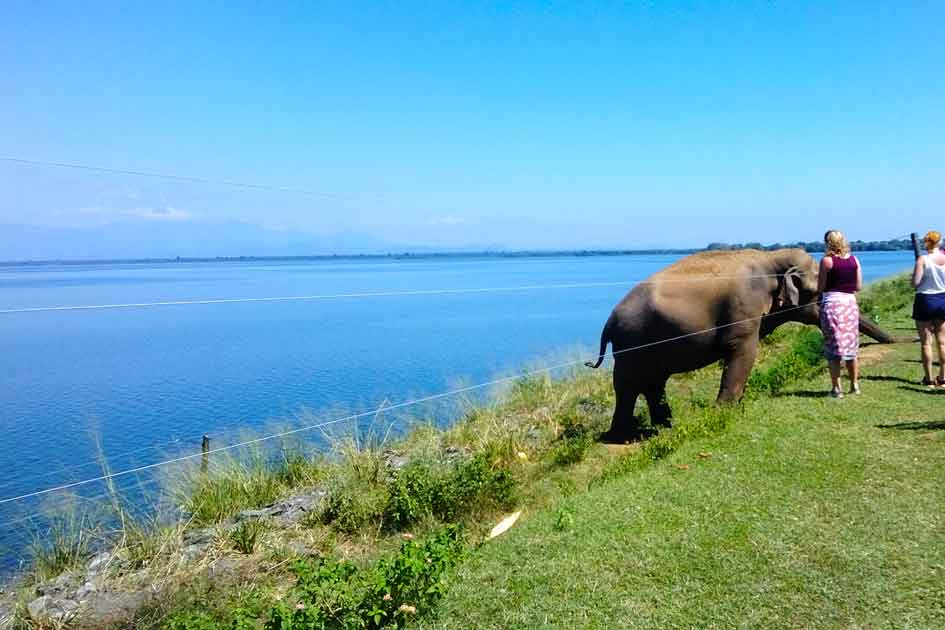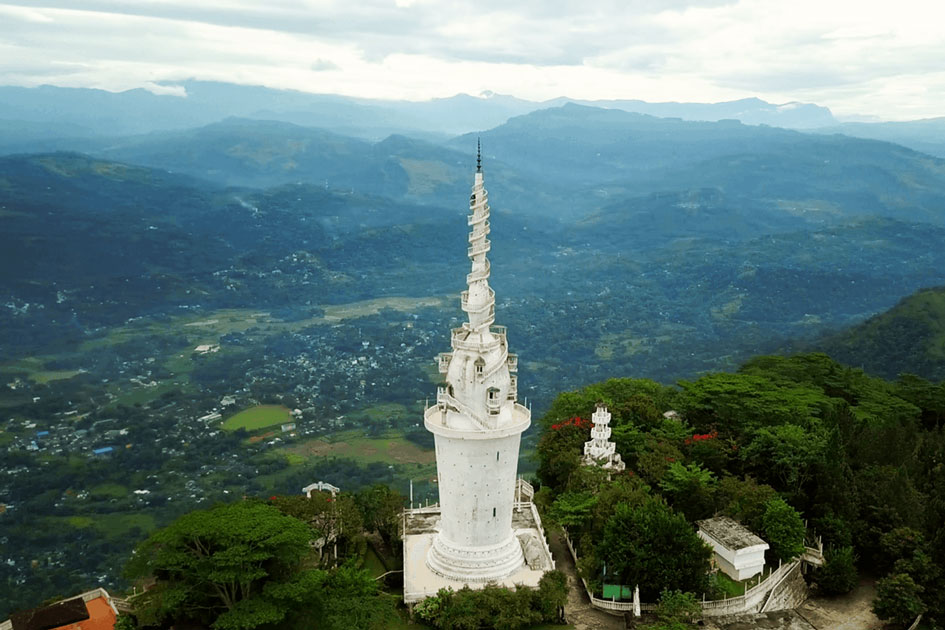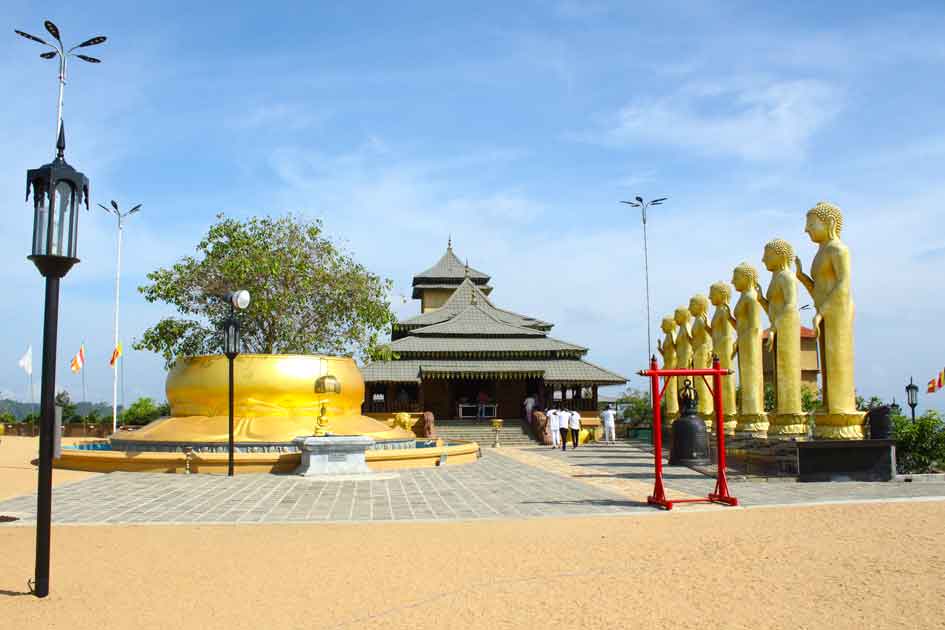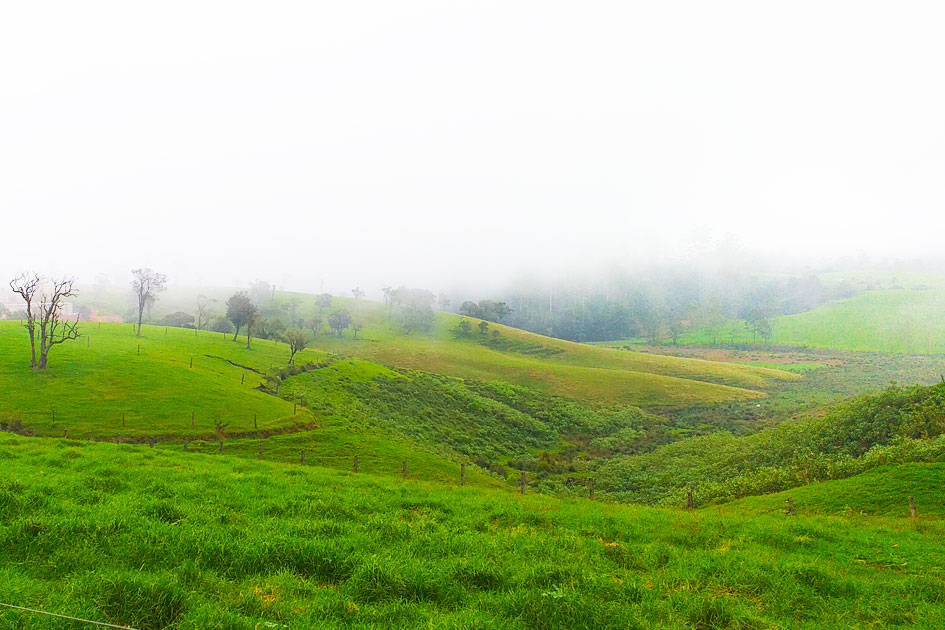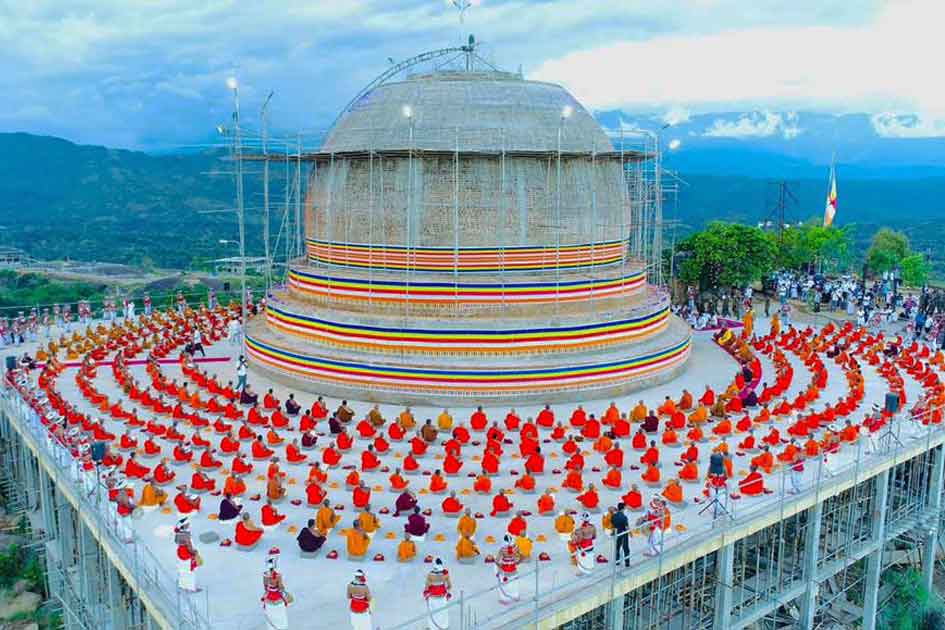Udawalawe National Park
Udawalawe National Park is located on the border of Sri Lanka's Sabaragamuwa and Uva Provinces. On June 30, 1972, it was designated as the country's fifth national park.
Udawalawe National Park is well-known for its stunning natural beauty and abundance of faunal species, notably animals and birds. It has become a year-round tourist destination due to its unusual wildlife and vegetation, and the opportunity to see elephants up close has become another major draw. The park has the twin goal of maintaining a continuous supply of silt-free water to the reservoir and providing a haven for animals displaced by the opening up of land in the lower levels of the Walawe Ganga for cultivation and other activities.
Location Map to Udawalawe National Park
Udawalawe National Park is located in the provinces of Sabaragamuwa and Uva. It encompasses the Udawalawe Reservoir and much of its watershed area. The heights of Udawalawe National Park range from roughly 100 m (328 ft) in the plains to 373 m in the mountains (1,224 ft). Ulgala is the park's highest point. The park is surrounded by farmland.
How to get to Udawalawe National Park
The park's main entrance is located at the 7th milepost on the Udawalawe-Thanamalwila road. It is accessible from Colombo through Ratnapura, Pelmadulla, and the Colombage Ara intersection on the Pelmadulla-Embilipitiya route. The overall journey time from Colombo is three to four hours.
Physical Features
Udawalawe National Park is located in the dry zone, and the physical features are defined by an annual drought that begins in May and coincides with the southwest monsoon. The average annual rainfall is around 1,524 mm. A portion of the western sector is located in the intermediate zone and receives somewhat higher rainfall. The average day and night temperatures are 29 degrees Celsius and 24 degrees Celsius, respectively. The park has a total size of 30,821 acres.
Date and History of Establishment
On June 30, 1972, Udawalawe was designated as the country's fifth national park.
Cultural Heritage
Some ancient Buddhist remains in Veheramankada represent the Cultural Heritage of Udawalawe National Park.
Vegetation
The woodland region with scattered grasses and thorny bushes is the major ecology of Udawalawe National Park. Milla (Vitex pinnata), Ehala (Cassia fistula), Satin (Chloroxylon swietenia), Ebony (Diospyros ebenum), Kon (Schleichera oleosa), Halmilla (Berrya cordifolia),Kolon (Adina cordifolia), and Kunumella are among the tree species (Diospyros ovalifolia). Ehala (Cassia fistula), Satin (Chloroxylon swietenia),and Lunumidella are the most common scattered trees, accounting for 20-50 percent of the current cover (Melia dubia). Kumbuk (Terminalia arjuna) and the endemic Mandorang (Hopea cordifolia) predominate in the riverine woodland. Damaniya rules the scrub (Grewia tiliaefolia). Mana (Cymbopogon confertiflorus), Illuk (Imperata cylindrica), and Pohon dominate the Savana grasslands (Pennissetum olystachyon).
Fauna
Elephants (Elephas Maximus) may be seen in herds, and populations of Samber (Cervus Unicolor), Spotted Deer (Axis Axis Ceylonensis), Barking Deer (Muntiacus Muntjak), Wild Boar (Sus Scrofa), and Water Buffalo (Bubalus Bubalis) are gradually returning. Other mammals include Common Langur (Presbytis entellus), Jackal (Canis Aureus), Sloth Bear (Melursus Ursinus), Toque Macaque (Macaca Sinica) (Endemic), Leopard (Panthera Pardus Kotiya), Toddy Cat (Paradoxurus Hermaphroditus), Small Indian Civet (Viverricula Indica), Endemic Golden Palm Civet (Paradoxurus Zeylonensis), Black Napped Hare (Lepus Nigricollis), three species of Mangoose (Herpestes Fuscus), (H.Smithii) and (H.Vitticollis), an endemic shrew (Suncus Sp.), Soft-Furred Field Rat (Millardia Meltata), Indian Bush Rat (Golunda Ellioti), Rat (Rattus Rattus), and Mouse Mus (Cervicolor) and the endemic (M.fernandoni).
The avifauna contains a considerable number of Warblers (Prinia spp.) as well as the normal low-country birds in a wooded environment, as well as a variety of raptors. Rare visitors/breeding inhabitants on the reservoir are the Indian Cormorant (Phalacrocorax Fuscicollis) and the Osprey (Pandion Haliaetus). Sri Lankan Spurfowl (Galloperdix Bicalcarata), Sri Lankan Junglefowl (Gallus Lafayettii), Malabar Pied Hornbill (Anthracoceros Coronatus), Sri Lankan Grey Hornbill (OcycerosGingalensis), and Brown-Capped Babbler are notable indigenous species (Pellorneum Fuscocapillum).
Visitors and Visitor Facilities
To access the park, visitors must get a permit at the gate at the 7th milepost on the Uda Walawe – Thanamalvila road and must be accompanied by a tracker. Within the Uda Walawe National Park, there are four wildlife circuit bungalows. Thimbirigasmankada, Veheragalla, Sinuggala, and Gonnaviddagala are the locations. All of these bungalows are placed near significant water sources, which allows tourists to have a better glimpse of elephants. Each cottage may accommodate up to 10 people. There are two campsites accessible for occupation: Pansadhara and Aliwadiya.
